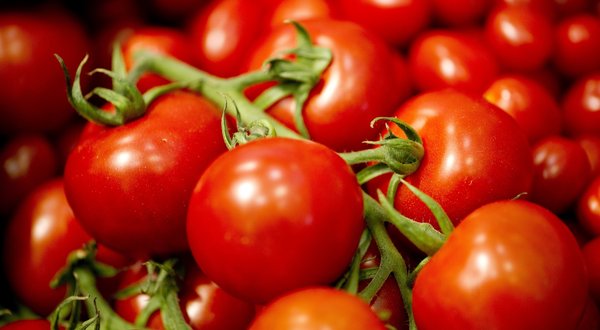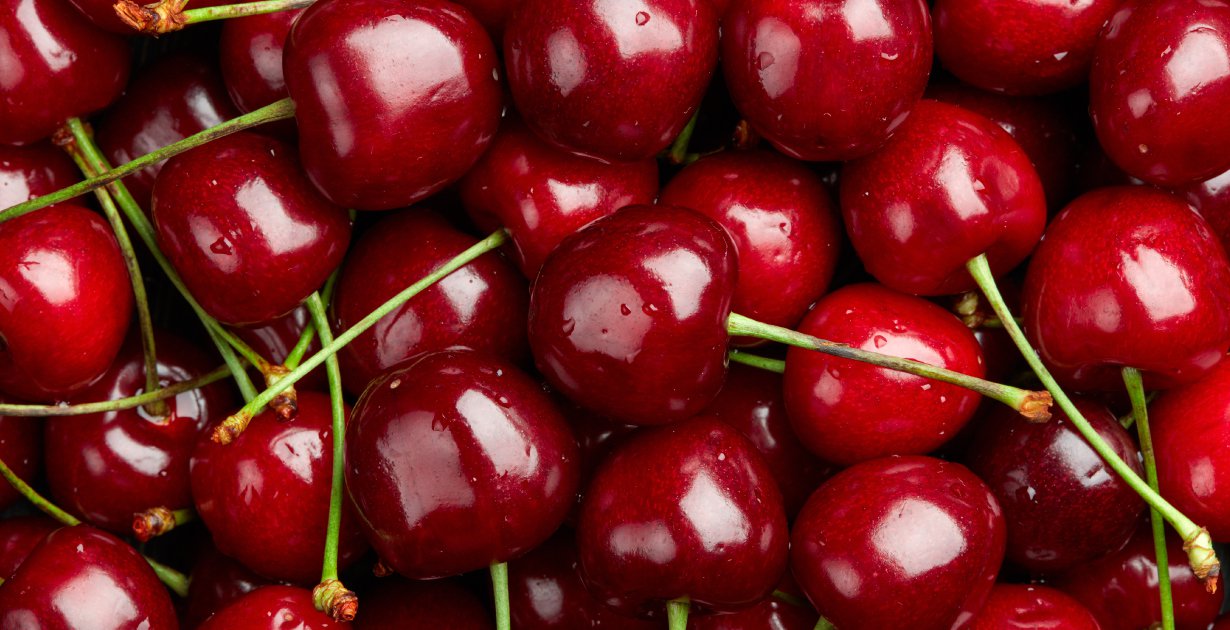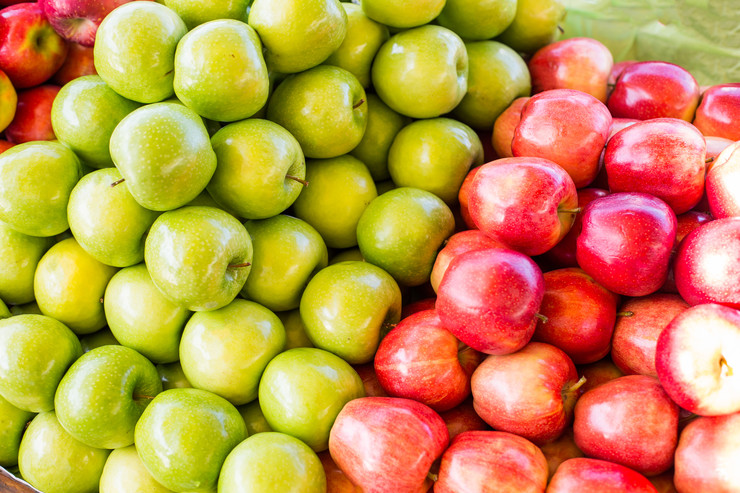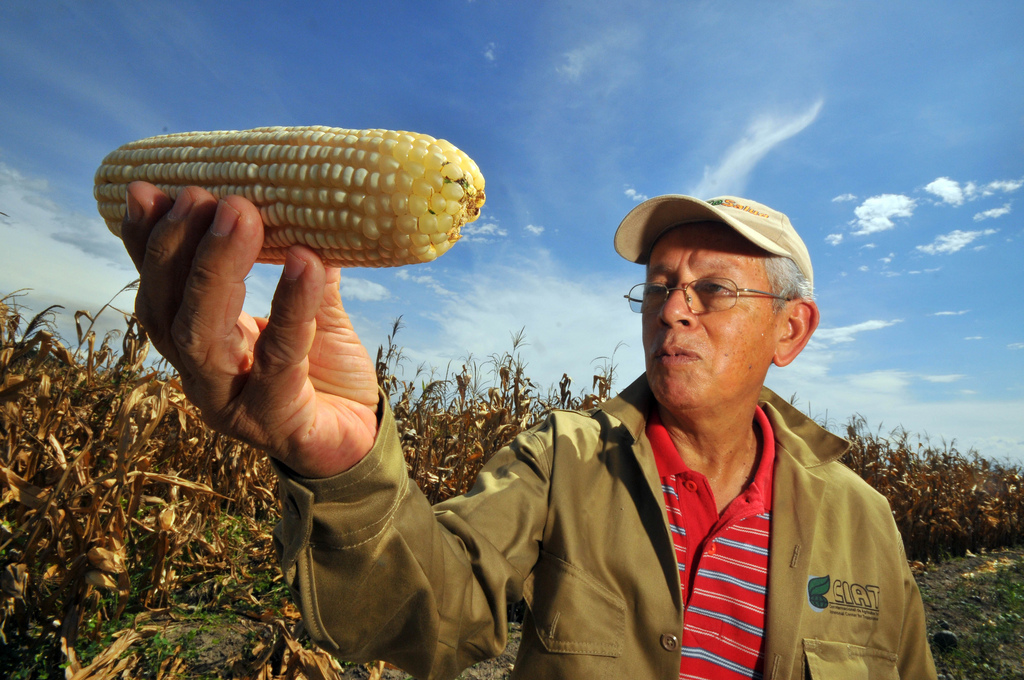Executive Summary
This report presents the outcomes from a study to assess the demand for a National Accreditation Scheme (NAS) for Professionals (consultants and advisers) in the Natural Resources, Agricultural and related sectors. It builds on a report to the Cooperative Venture for Capacity Building and Innovation in Rural Industries1 by Toohey, DE, (Dec, 2002) that recommended the formation of a National Accreditation Scheme aimed at lifting the national standards of those who provide advice or consulting services to those who manage the land and water resources in Australia, both for production purposes and the protection and enhancement of our natural assets.
The Toohey report established the need for accreditation of professional advisers and consultants, as evidenced by the growing activity of relevant professional organisations and industry groups developing certification programs for their sectors. Primary production and natural resource management continues to increase in complexity. No manager can therefore expect to be fully conversant with markets, production technology, legislation changes, environmental and other related issues.
There is a growing demand for specialist inputs from advisers and consultants in all fields.
The critical issue then becomes the quality of these specialist inputs, with quality related to the competency and performance of advisors and consultants. At present there are no prescribed qualifications, no peer assessment, no requirement for ongoing professional development to drive the provision of quality specialist input from consultants and advisers in most primary industry and environment sectors. The market depends almost entirely on wordof- mouth and reputation of individual advisers or consultants when selecting an adviser or consultant. This suits the larger, well established consulting firms. The market can fail from time to time, especially when consultants are tempted to operate outside their area of expertise.
The Cooperative Venture responded to Toohey’s report by requesting a more thorough evaluation of the demand for a NAS, with particular emphasis on seeking greater consultation with the Natural Resource Management Sector. The Australian Association of Agricultural Consultants (a Section of the Australian Institute of Agricultural Science and Technology) and the Australasia-Pacific Extension Network submitted a proposal to the Cooperative Venture that a three (3) Stage process be undertaken, as follows: Stage 1 – Assess the demand for a NAS – This Study; Stage 2 – If demand established, establish some Pilot Studies to define the relevant competencies and test the operation of a NAS across several sectors with differing characteristics; Stage 3 – Implement a self-funded NAS nationally.
The Framework A Discussion Paper, outlining a possible Framework for a National Accreditation Scheme was developed by the Project Advisory Committee and widely distributed to interest groups and individuals around Australia. Consultation was undertaken with these individuals and groups to assess their support for the Scheme. The proposed framework is shown below.

The (8) core national consultant competencies2 are those that all consultants or advisers must have to be effective in their delivery of advice in a relevant context whilst minimising the risks to the relationships and overall environment (social, economic and environmental) that the client operates in.
The detail of these competencies and standards can be found within existing National Training Packages for a variety of industry sectors (eg. Agriculture, Conservation and Land Management, Seafood Industry, Business Facilitation), as well as within programs in the tertiary sector. The standards for the "consultant" competencies will be determined by the NAS certifying entity, in consultation with participating industries and sectors.
The industry-specific competencies will be determined by the relevant industries, with an expectation that the rigour of the industry processes will ensure their standards will deliver the required workplace outcomes, i.e. that the individuals are technically competent in their chosen field of expertise.
The Demand
When assessing the demand for a National Accreditation Scheme (NAS), it is necessary to define the standards of the scheme being evaluated. In this Study, the consensus is that the scheme is aimed at maximising the national impact by being accessible to the widest range of
consultants and advisers and, through on-going professional development, build the competencies of those individuals as consultants and as industry or sector specialists. For that reason, it is likely that a NAS will have an entry level standard of overall competency with the opportunity to achieve advanced and then elite standing as consultants and advisers.
The demand is therefore being assessed across the whole spectrum from beginners to ‘gurus’ because, if the scheme has the desired outcomes, the beginners of to-day will become the ‘gurus’ of the future. The scheme has to be inclusive, with clear direction as to how individuals can progress their professional standing as a consultant or adviser.
The consultation process has identified the demand for a NAS from a number of sectors, as follows:


The list of people and organisations consulted is at Appendix 4 (See full report)..
In addition to all of the above, there are the existing or proposed schemes being implemented or developed by the various professional societies (eg Agriculture, Ag. Engineers, Forestry, Soils, Environment) which have established competencies for their specific industry sectors.
The extent to which these organisations participate positively will depend on their perception of the NAS’s impact on their members and programs and the role they can play in a national scheme.
Conclusions
1. There is a significant demand for a National Accreditation Scheme for professional advisers and consultants to the Agricultural, Natural Resource Management and Related Sectors. This report supports the findings of the Toohey (Dec. 2002) report and confirms the demand for the scheme in the NRM sector, particularly in the communitybased Landcare sector (facilitators and coordinators) and compliance auditing of Property Resource Management Plans (in Queensland), Vegetation Management Planning and Property Management Planning in general.
2. The National Accreditation Scheme Framework includes two components of certification with respective competencies:
i. Consultant - those core competencies (eight in the NAS) that define and distinguish consultancy skills, knowledge and standards; ii. Industry/sector specific specialist – those specialist competencies that define the disciplines or areas where an individual is claiming expertise as an adviser or consultant.
3. The industry/sector specialist accrediting bodies should be determined by the relevant industries, eg. Cotton Consultants Association, Ricegrowers Association, Australian Landcare Council, TOPCROP or whoever is most capable of defining the industry specific competencies.
4. The demand for certification of professional advisers and consultants to the Agricultural, Natural Resource Management and related sectors is being driven by: i. Specific industries working closely with advisers/consultants to ensure they remain at the forefront of innovation and best management practices; ii. Professionals wanting to maximise the quality of advice, continuous improvement and relevance of their profession; iii. Commercial companies wanting to provide evidence of the marketable competencies and credibility of their commercial agronomists/advisers; iv. The desire for various groups of professionals to gain recognition for the roles they play – eg Landcare coordinators and facilitators and rural financial counsellors; v. A desire, across the board, for targeted professional development programs that maintains currency of competencies based on industry/sector standards; vi. A growing requirement for auditable evidence of compliance supplied by certified auditors of industry and NRM activities; vii. A demand for training organisations to deliver industry-relevant programs.
5. The benefits of a NAS are:
i. Individuals would be nationally recognised as having the competencies of an effective and responsible consultant or adviser, i.e. those competencies that distinguish between someone who facilitates change by providing solutions that meet another’s needs in a specific context compared to another who may only provide information or products; ii. Capacity to link with industry-specific competency-based certification programs; iii. Professional development that fits within the Australian Qualifications Framework and focuses on maintaining relevance and building professional capability; iv. Individual does not have to be a member of a professional society to attain NAS certification, although professional or industry organisations are most likely to provide the best guidance regarding industry or sector competencies, standards, guidelines and best management practices; v. Provides flexibility for an individual to move between speciality disciplines/industries, i.e. not constrained by membership of professional organisations, making job change easier; vi. There will be extensive marketing of the value of nationally accredited professional consultants and advisers to raise their profile in the public eye.
Note: Access to cheaper Professional Indemnity insurance is not a claimed benefit of being in the NAS as there is no way of predicting future developments in the Insurance Industry. It may help but it is not predictable.
6. To attract interested groups, the cost of national certification/certification should be minimised by not requiring obligatory membership of a professional organisation in order to demonstrate the core consulting competencies, i.e. no duplication of services or fees.
7. The NAS must therefore be independent of existing or proposed schemes but recognise the roles that other organisations play in setting industry/sector specific competencies and standards;
8. Assessment of competencies should be evidence-based and must include recognition of prior learning (RPL) and recognition of current competencies (RCC). The assessment methods should be flexible and should not in themselves be a barrier to certification eg.
all exam-based. Competencies can be demonstrated without having to complete a formal training course. The Institute of Engineers (Aust), for example, require new graduates, over a three years period, to prepare verifiable "Career Episode Summaries" that demonstrate that professional competency levels have been attained across a range of specified disciplines or competency areas.
9. The readiness of groups, interested in participating in a NAS, varies from being: i. capable of starting now – Cotton, Seafood Industry, Rural Solutions, Commercial Agronomists/Consultants; ii. interested but need to define detail of specific sector competencies – Rice, Grains (Topcrop), Irrigation Industry, Property Resource Management Plan Auditors (Qld DNR&M, DPI and EPA), Property Management Planners; iii. Sector competencies are well defined in existing National Training Packages but dependent on institutional and community support – Landcare, Rivercare, Bushcare… etc coordinators and facilitators, Rural Financial Counsellors; iv. The financial capacity of groups to move forward with certification varies. The private sector can build in certification or commitment to achieve certification as a condition of employment whereas the community-based sector (eg. Landcare or Rural Financial Counsellors) will always have budget problems and may need support to establish the value of certification to their funding sources. v. Extension/advisory staff within various agencies and organisations who would independently seek national certification to broaden their professional skills and take advantage of focused professional development opportunities. They may have organisational support.
10. There is a need to consider more than the 3 Pilot Studies on the basis of the above discussion, as well as the adequacy of the budget proposed for Phase 11.
11. That an Interim National Accreditation Council will be needed to oversee the proposed Pilot Studies in Phase 11 of this Project. The current Advisory Committee could take on this interim role.
Recommendations to the Cooperative Venture
4.That the Cooperative Venture recognises the need and demand, as identified in this Project, for a National Accreditation Scheme for professional advisers and consultants to the agricultural, natural resource management and related service sectors.
5.That the Cooperative Venture supports the move forward to Phase 11 by conducting a Workshop in early December, 2003 to examine the findings of this report with respect to the purpose, outcomes and number of Pilots.
6.That the Cooperative Venture supports the formation of a National Accreditation Scheme Steering Committee and Project Manager to finalise the detail of the eight core competencies for "consultants" that fit in with competency units within the Australian Qualifications Framework.
7.That the Cooperative Venture supports the Steering Committee and Project Manager’s negotiation with prospective Pilot Study Groups to gain agreement on the processes for applying the NAS to their industry/sector.
8.That the Cooperative Venture supports the appointment of industry/sector-specific Project Officers to manage the implementation of the Pilot Studies within each of the groups, under supervision of the Project Manager.
9.That the Cooperative Venture supports a vigorous extension/publicity campaign to raise the profile of the NAS across all relevant sectors including political leaders, farmer organisations, professional organisations, marketing organisations and regulatory authorities.
10.That the Cooperative Venture support the formation of an Interim National Accreditation Council as the body responsible for accrediting during the Pilot Studies in Phase 11.
11.That January 2004 be the target for the commencement of Phase 11 of the Project – The Pilot Studies.
Footnotes 1. The Cooperative Venture for CapacityBuilding and Innovation in Rural Industries includes RIRDC, Dept.
Agriculture, Fisheries & Forestry Australia, Dairy RDC, Meat and Livestock Australia, Grains RDC, Land and Water Australia, Sugar RDC, Grape and Wine RDC and the MurrayDarlingBasin Commission.
2.A competency is the skills, knowledge, standards required to produce a desired workplace outcome













